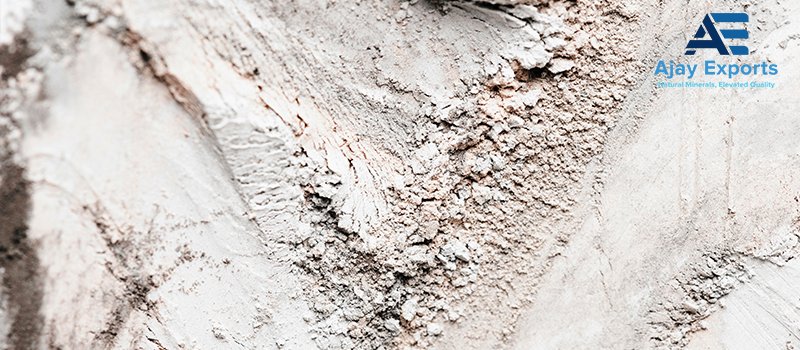
Hydrous clay
Hydrous clay, also known as hydrated clay, is a type of clay that contains water molecules within its structure. It is typically formed through the weathering and alteration of volcanic ash or other minerals, and can range in color from white to various shades of gray, green, or brown. Hydrous clay is known for its high plasticity, making it an ideal material for pottery and ceramics. It also has a high cation exchange capacity, which makes it useful in soil amendments for improving nutrient uptake in plants. Other applications of hydrous clay include use in cosmetics, as a filler in paper and paint products, and as a component in drilling muds used in oil and gas exploration.
Hydrous clay, also known as hydrated clay, has several properties that make it useful for various applications. One of its most important properties is its ability to absorb water, which makes it useful as a drying agent. Hydrous clay is also plastic, meaning it can be molded and shaped into various forms, which makes it a useful material in pottery and ceramics. Additionally, hydrous clay has a low shrinkage rate, which makes it ideal for use in the construction industry as a filler material. It also has good adhesive properties, which make it useful as a bonding agent in the manufacture of refractory bricks and other high-temperature materials. Finally, hydrous clay has good chemical stability, which makes it resistant to chemical reactions, making it useful as a coating material for pipes and other industrial equipment.
Hydrous clay, also known as hydrated clay, has various applications due to its properties. Some of the common applications of hydrous clay include:
Hydrous clay, also known as kaolin, is a naturally occurring clay mineral with the chemical formula Al2Si2O5(OH)4. It is composed of layers of silicate tetrahedrons and octahedrons, with water molecules filling the space between the layers. The composition of hydrous clay varies depending on the source, but typically contains around 46-65% silica, 14-35% alumina, and 0-15% iron oxide. It may also contain other minerals such as feldspar, mica, and quartz.
